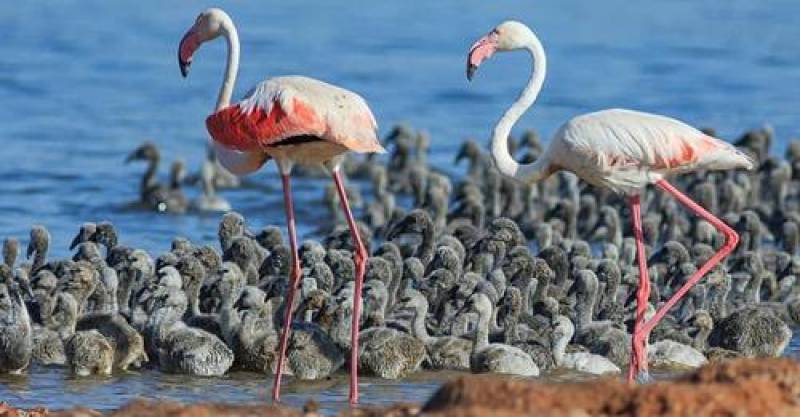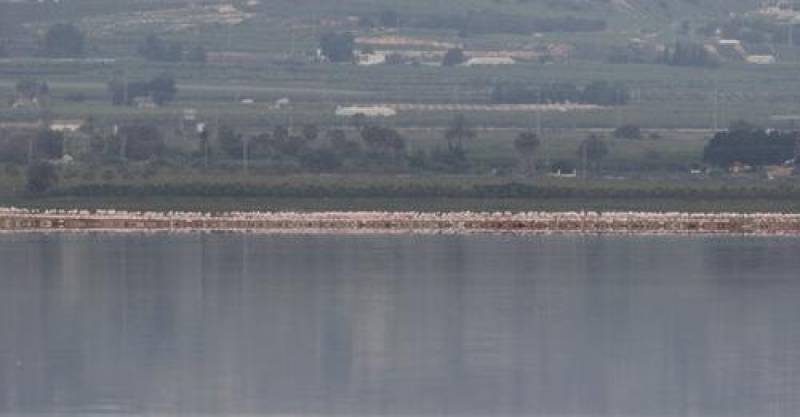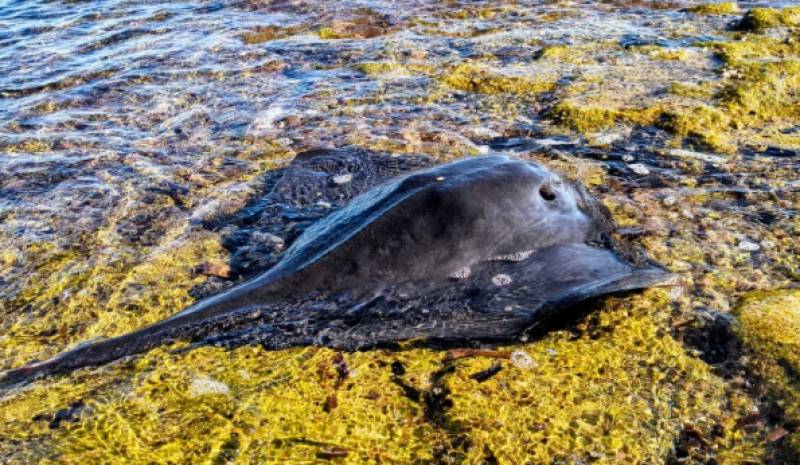- Region
- Vega baja
- Marina Alta
- Marina Baixa
- Alicante
- Baix Vinalopo
- Alto & Mitja Vinalopo
-
ALL TOWNS
- ALICANTE TOWNS
- Albatera
- Alfaz Del Pi
- Alicante City
- Alcoy
- Almoradi
- Benitatxell
- Bigastro
- Benferri
- Benidorm
- Calosa de Segura
- Calpe
- Catral
- Costa Blanca
- Cox
- Daya Vieja
- Denia
- Elche
- Elda
- Granja de Rocamora
- Guardamar del Segura
- Jacarilla
- Los Montesinos
- Orihuela
- Pedreguer
- Pilar de Horadada
- Playa Flamenca
- Quesada
- Rafal
- Redovan
- Rojales
- San Isidro
- Torrevieja
- Comunidad Valenciana
article_detail
Date Published: 26/04/2022
ARCHIVED - Hundreds of mating flamingos flock to Torrevieja pink lagoon
According to the Friends of Wetlands, as many as 5,000 flamingos have been recorded at the lagoons in the Vega Baja town, Alicante province

Following the heavy rains in March, the number of flamingos has increased significantly at La Mata and Torrevieja lagoons, with more than 2,000 flamingos recorded at the beginning of April.
Since then, the number of flamingos has continued to grow, reaching 5,000 in the Torrevieja pink lagoon alone - the highest figure ever recorded at the Natural Park - with hundreds of mating pairs already building nests, laying eggs and incubating them in three breeding nuclei which could house more than 2,000 nests.
And according to the Friends of Wetlands AHSA (Amigos de los Humedales del Sur de Alicante), this number could increase over the next few days. To give the birds the best possible chance of reproducing, AHSA has asked the Natural Park management to "repair the fencing" around the nesting area to prevent access by the public and land predators.
This is the third consecutive year that the lagoon has become a breeding area for these birds. The heavy downpours this spring have helped dilute the usual concentration of salt that Torrevieja lagoon supports leading to an explosion of the population of artemia salina, a small crustacean that inhabits hypersaline waters and is a staple diet for species of birds such as the flamingo, the Slender-billed Gull and the Shelduck that inhabit these ecosystems.

When environmental conditions are adverse, either due to desiccation or an excessive increase in salinity, as is the case in this particular wetland, the adult artemia disappear. However, the eggs remain in the form of highly resistant cysts that can stay viable for a long period of time, awaiting the necessary environmental changes that allow them to hatch.
Despite being tiny (10 to 18 mm in size), artemia can provide an enormous amount of food. In a study carried out at the La Mata lagoon in which the total biomass of the artemia populations in the lagoon was calculated during the mid 1980s, it was estimated to have reached a maximum of 65 tonnes.
Images: Amigos de los Humedales del Sur de Alicante
staff.inc.ali
Loading
Sign up for the Spanish News Today Editors Roundup Weekly Bulletin and get an email with all the week’s news straight to your inbox
Special offer: Subscribe now for 25% off (36.95 euros for 48 Bulletins)
OR
you can sign up to our FREE weekly roundup!
Read some of our recent bulletins:
Discount Special Offer subscription:
36.95€ for 48 Editor’s Weekly News Roundup bulletins!
Please CLICK THE BUTTON to subscribe.
(List price 3 months 12 Bulletins)
Read more stories from around Spain:
Contact Murcia Today: Editorial 000 000 000 /
Office 000 000 000

































